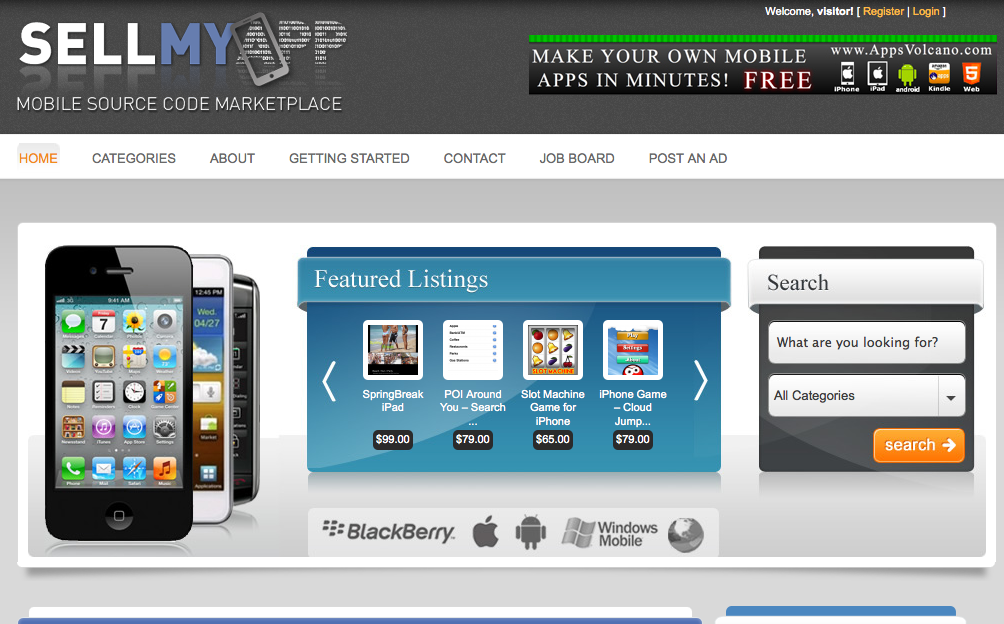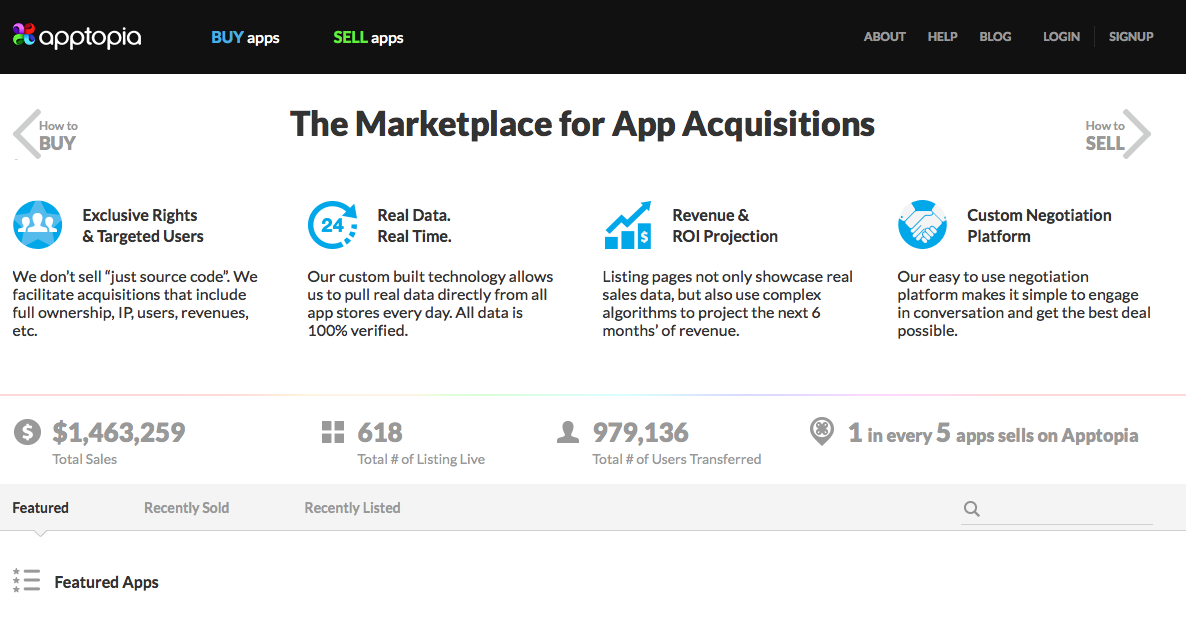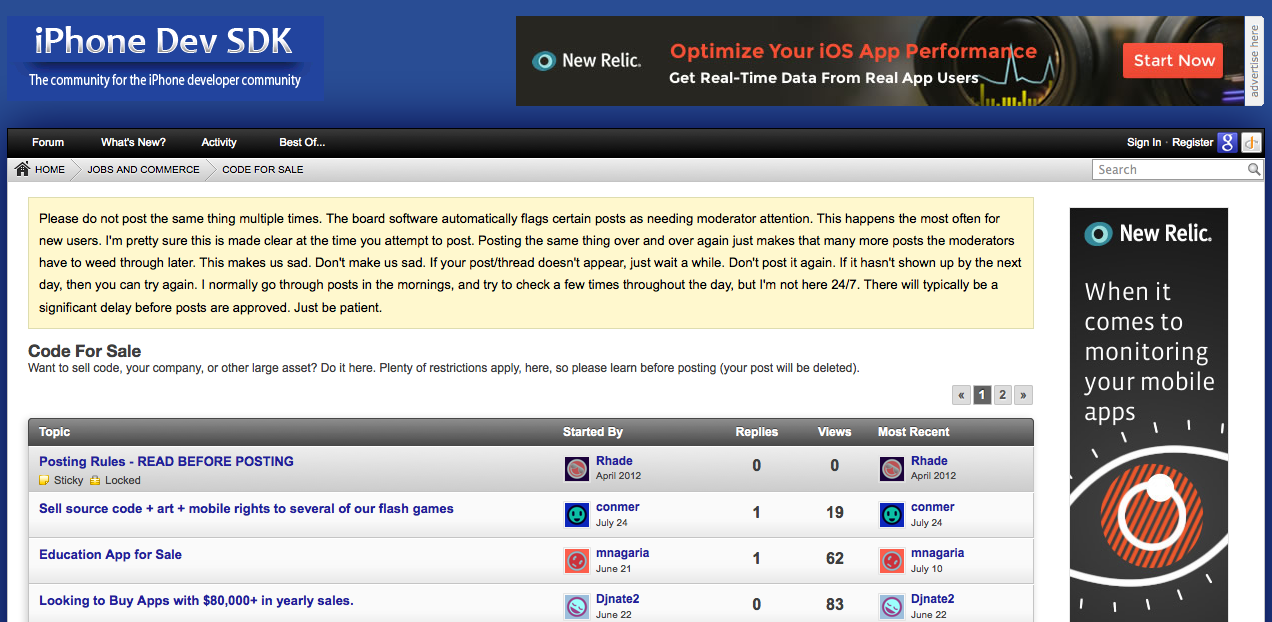This guest post is part of our “App Flipping” series by Carter Thomas.
“If you could do it all over again, what would you do differently?”
That’s one of the most popular questions people like to ask anyone in business who has made an exit or moved to a new level. With that new perspective, what advice can they give? What wisdom do they have?
Often it’s about organization and thinking longer term than just day to day. Sometimes it’s about the learning process and finding ways to react quickly and remove emotions as much as possible from the journey.
Unfortunately, what you don’t hear people say is the stuff that’s not inspirational – it’s just fundamentals. “I would have analyzed the market better” or “I would have been more disciplined with my strategy.” It’s hard to be real when you’re living an alls-well-that-ends-well situation.
What I wish people would have told me?
Cut costs.
COSTS CANNIBALIZE EARLY BUSINESS
To be honest, I hate thinking about costs. I hate saving money, I hate the idea of investing in something that’s not explosive, and I have a general distaste for slow moving, archaic institutions.
The problem, however, is that this attitude is completely naive. It’s cavalier. And it’s just stupid. Whatever I may think or feel about business does not mean it’s right – there are strategies that work and ones that don’t. As great as you or I may think we are, that fact will not change.
Being in San Francisco has given me a unique insight into the startup culture and startup mentality. I talked to a lot of people who had successful companies and failed companies, along with the people that invested in them.
The #1 reason companies never got off the ground is because they spent too much money early on. They didn’t turn a profit fast enough, and that multiplied until it was unsustainable.
With apps, you are running a startup. Even if you only have one app, you need to treat it like a business. I telling you something that I wish someone had told me when I was just starting – CUT COSTS. It will turn your 12 month sprint to success into a 6 month victory lap.
THE TRUTH BEHIND CUTTING COSTS
Of course, there are many ways to cut the costs of your app empire. You can shop around to developers, negotiate deals, do revenue splits (sometimes), learn to program/design yourself – the list goes on. In fact, that’s one of the biggest differentiators between successful appreneurs and unsuccessful ones.
This is one of the most fundamental tenants of app flipping – cutting costs, then finding ways to still have the upside. It hits from both sides.
Believe it or not, most people out there who are making apps are still doing it the old fashioned way. They’re still sinking their costs into development and HOPING it works out. That’s your competition and your barometer – people who are still dreaming that they’ll get 1% of 1% of what Candy Crush Saga is doing and it will justify all this money they’re spending. Instead of looking at the reality of the market, they’re focused on unfounded dreams of grandeur.
They’re making the same mistake so many early entrepreneurs make in any industry – thinking about REVENUE and not thinking about PROFITS. The money is out there, we all know that. There is an ocean of money in the app market just waiting to be taken. It’s not about who can get the money…it’s who can get it without spending all their money.
That’s why you’re here. You understand that this is a game won by STRATEGY. To win in any strategy, you need to have an edge and a plan. In the last year of building apps, nothing has made as big of an impact on the bottom line as cutting costs. The #1 way to cut costs?
Wholesale source code.
WHAT IT IS, WHAT IT ISN’T
Wholesale source code is another way to say app template. It’s a framework that you can buy from other developers and on marketplaces. You don’t buy intellectual property, brand, images – you buy the skeleton. You’re buying a foundation and not a house.
The thing is – most people don’t realize that these frameworks are where the time and money go. If you’ve ever hired someone to build you ANYTHING, you know that it takes a huge amount of back and forth to get it right. Fix the bugs. Move the button. Change the gameplay. Update the SDK. Ugh. It can take weeks of emails and phone calls to get it to a place where you like it.
When you buy a source code, there’s a weird market influence that happens. Because you’re not buying the full rights to the game, the market drives the price way down. Supply and demand always favor creativity and proprietary rights – things that code does not have in these situations.
In other words, you’re able to buy 70% of the work for 10% of the price it would cost you otherwise.
You’ll buy a code with instructions that you have to replace images, sounds, and a few other things to make it “your” game. Everything else is yours to use as you wish. You get to spend your time thinking of themes to use for a design. You get to focus on IDEAS and not MANAGEMENT. Psychologically, this is extremely important because you activate the same parts of your brain that see long term and think strategically. By eliminating the narrow, detail oriented part of the app process, your brain is able to spend time on the big picture.
Code is a framework that allows you to get out of the trenches of app empire building and see the greater successes you can achieve.
HOW TO BUY CODE
You have a few options to buy code. First, I will explain to you what you can expect to get when you purchase a code:
1. A zip file with all the source code files, images, sounds, and other files that can be compiled to a working project. You may get some instructions as well.
2. Rights to create a certain number of apps using this code. Sometimes you can buy multiple licenses of a code. This means you can create multiple versions of this app using the same code.
3. Expected customer service from the person who sold you the code. This does not mean you have a developer to walk you through the update – it means you have someone to answer broad questions.
4. Often you will have free access to ongoing updates to this code.
5. An understanding that you will not abuse this license by re-selling the code as your own. If you transfer rights for this game, the license stays in tact.
The next step is finding source codes. Here are a few options for buying code:
1. Code marketplaces. If you do a google search for App Source Code you will find a few difference marketplaces out there right now. A few are www.sellmyapplication.com and www.sellmyapp.com
These will have a good selection but can be tricky to communicate with the seller and can have codes of varying quality.

2. Apptopia. This is a place where you can buy full rights to an app. The upside is that you get full rights so you can use the existing design for yourself. You can also re-sell that code on your own. The downside is that these are often more expensive that just buying a code license.

3. Independent developers. More often now you can find indie developers that will sell you a license on one of their own apps. Some developers will openly advertise that they are selling these rights, some will not. The best way to find these developers is to participate in forums, join social network groups, and connect on outsourcing websites.

THE POWER OF CODE
Like I said before, the most important part of getting your app business off the ground is making it profitable as quickly as possible. Cutting costs is the best way to do this. Buying source code instead of building an app from scratch is a great first step. It’s worked for many successful appreneurs and can work for you.
Remember that you’re not just cutting your financial costs, you’re cutting out WEEKS of development time, emails back and forth, and tweaking. You will find that you have more energy for your projects and will be much more excited to make things happen. You will become more creative and be able to see your ideas become money-making realities faster than you ever thought possible.
As you build your app company, keep your costs low so that your small victories have the ability to become profits quickly. Check out my free report on moving profits fast: Work Less, Make More – 5 Quick Tips
